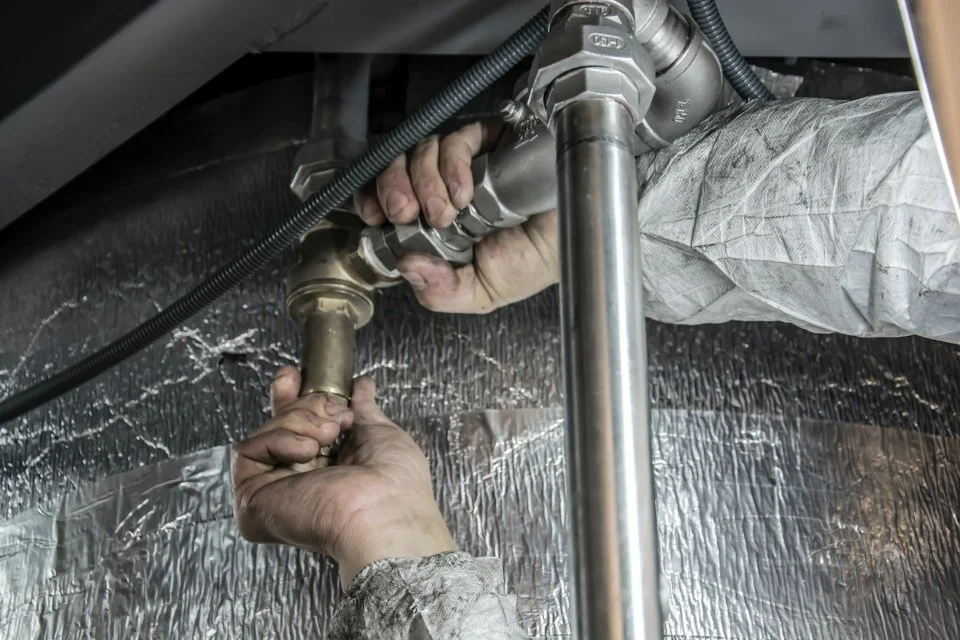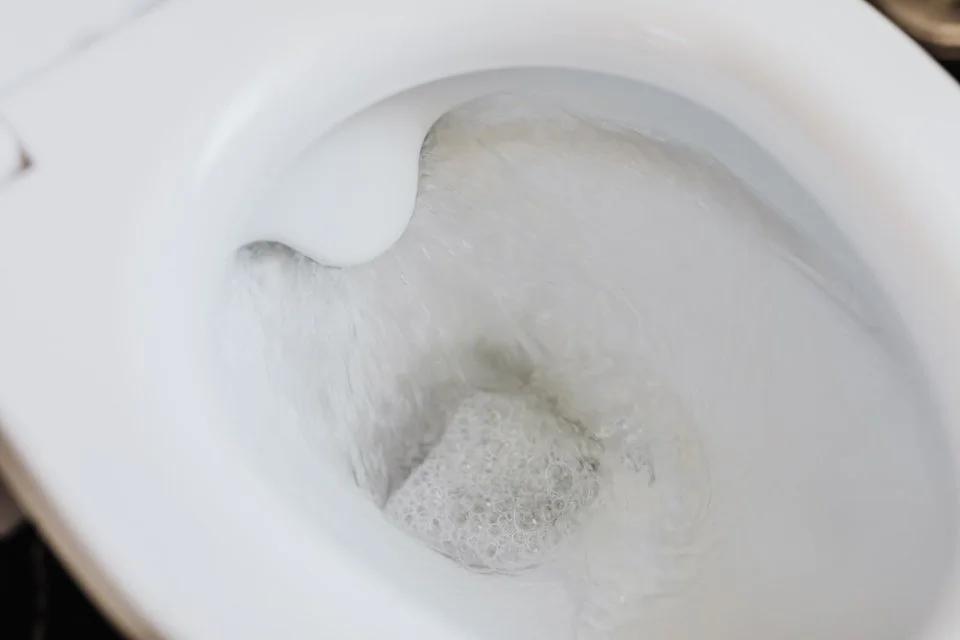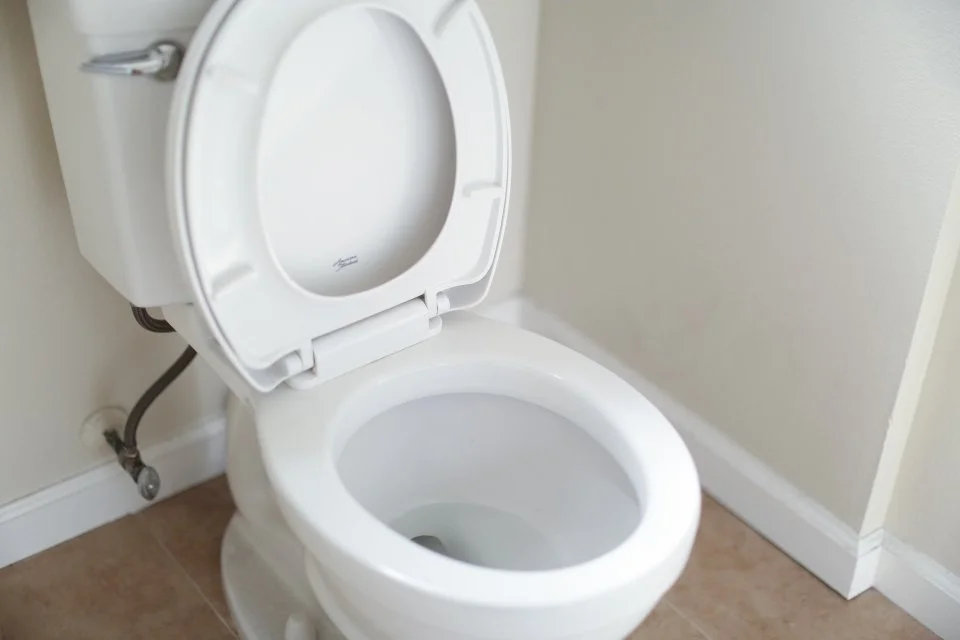How to Get Rid of Unwanted Trees In Your Yard
RH Business Marketing Solutions
Towering oaks, graceful maples, blossoming cherries - these arboreal wonders enrich our outdoor spaces with natural splendor. However, without diligent management, our leafy companions morph into landscaping liabilities. This guide investigates how too many trees become problematic and provides sage advice on wrangling your out-of-control yard back into livable shape.
The Downsides of Too Many Trees
While trees are aesthetically pleasing and provide benefits like shade and oxygen, an overabundance leads to several issues.
Sunlight Blockage - Dense canopies prevent sunlight from filtering down to other landscape plants, hindering their photosynthesis. Lack of adequate sunlight causes undergrowth plants to become leggy, weak and discolored as they desperately reach for the sun's rays. Trees also hog the sunlight themselves, leading stronger ones to flourish while weaker ones fail to thrive.
Soil Nutrient Deficiency - With excessive numbers of trees concentrated together, they exhaust soil nutrients faster than the earth can replenish. They greedily uptake vital nitrogen, phosphorus and potassium that other plants also require. This throws off the balance of the yard's ecosystem. Fertilization can help, but an overpopulated tree stand will run through nutrients rapidly.
Water Scarcity - Numerous trees clustered together leads to fierce competition for access to moisture. Soil dries out quicker compared to more balanced landscaping. Unless rainfall is abundant, you may need to frequently water the yard to supply enough moisture for all the thirsty trees. Even with irrigation, stronger trees will outcompete weaker ones for this precious resource.
Storm Damage Hazards - During wind, snow and ice events, weak trees or those located in dense stands facing excessive weather loads are more prone to breaking, falling and causing property damage. Safety risks increase with overcrowding.
Disease & Pest Vulnerability - Close tree proximity aids the spread of infectious diseases like blights, fungal pathogens, and burrowing pests. With limited airflow and sunlight, moisture gets trapped, creating prime conditions for infestations to take hold. Preventative treatments become difficult with dense, inaccessible canopies.
Cleaning Challenges - Excess leaves, needles, twigs, and fruit create neverending cleaning headaches. Clogged rain gutters, piles of debris, and constant pruning work now dominate home maintenance schedules.
While trees add immense value, uncontrolled overpopulation creates an imbalanced ecosystem vulnerable to damage, disease, and high maintenance demands. The cons begin outweighing the pros when yards become overrun with trees competing for resources.
Removing Unwanted Trees Safely
To transform your overgrown yard, always utilize a professional tree removal service. These experts possess specialized equipment and techniques to remove trees efficiently and safely.
Research well-reviewed local services, seeking recommendations from neighbors. Meet for an on-site consultation, where arborists will assess tree health, risks, and ideal removal methods. Rigging, controlled cutting, and staged lowering of branches/trunks promote safety throughout the process. Most services offer stump removal, too, leaving you with a clean slate.
Repurposing and Reimagining Your Yard
Once the unwanted trees are removed, you have an exciting blank canvas to work with in customizing this reclaimed space. Get creative and consider the amazing possibilities:
Create a Vibrant Garden Oasis
Turn the cleared-out area into a lush garden sanctuary right out of a magazine shoot. Carefully curate a variety of beautiful plants, flowering shrubs, and fragrant herbs to promote biodiversity. Mix colors, textures, and heights for visual interest. Install winding paths, ornamental stones, water features, and cozy garden seating to complete the oasis. This sanctuary will be a treasured spot for relaxing, entertaining, or simply admiring the great outdoors.
Build a Multifunctional Outdoor Living Space
Construct a deck, patio, or pergola to serve as the ultimate outdoor living and entertainment zone. Decorate with comfortable seating, a fire pit or chimnea, an outdoor kitchen, and even a weatherproof television. Host gatherings, have meals al fresco, relax under the stars, or just curl up with a book. Truly, the possibilities are endless.
Create a Play Area for Family Fun
Transform the space into a personalized playground for your kids...and kids at heart! Install a wooden swing set and slide, complete with a clubhouse or tower. Complement with a sandbox, allowing imaginations and creations to run wild. Paint a hopscotch board or a four-square court onto the ground. Bring in Nerf guns, outdoor toys, bubbles, chalk, and more to round out the activities. Laughter and joyful screams will delight in this designated area for play and memory-making.
The possibilities are endless once those trees are removed and you reclaim control of your outdoor space. Craft your personalized backyard oasis by repurposing the area into whatever matches your passions, lifestyle, and family needs!
Written by Taylor McKnight, Author for Curb Appeal Tree Service LLC

















